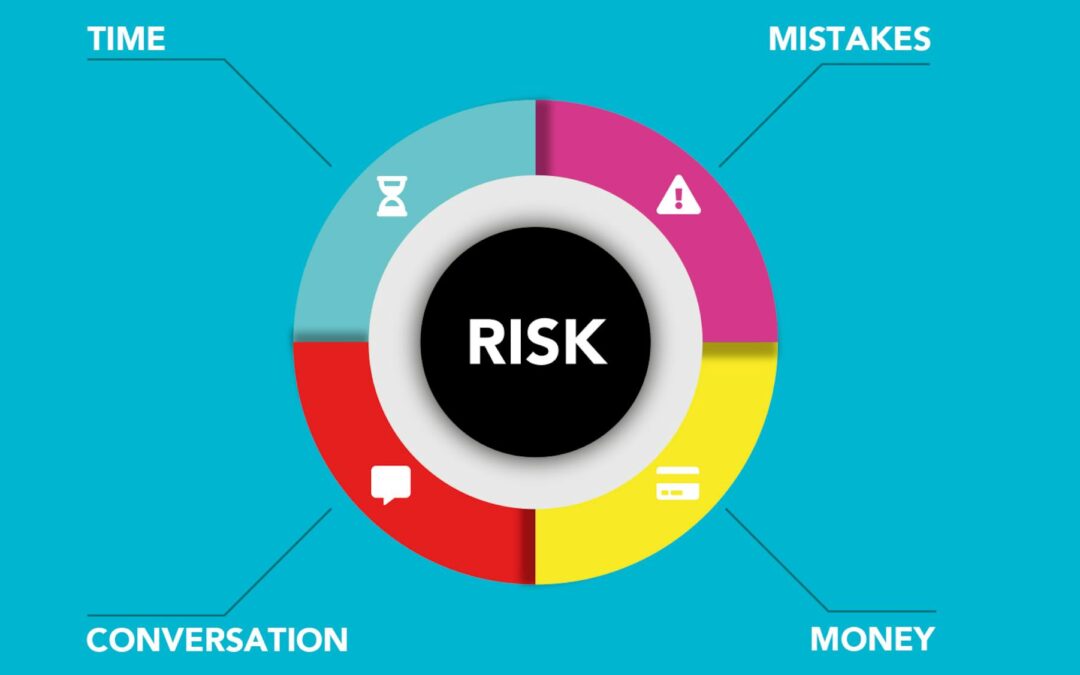Controllers Council recently held a panel discussion entitled, the Controllers Risk Management Playbook, sponsored by BILL.
BILL is a leading financial operations platform for small and midsize businesses (SMBs). As a champion of SMBs, BILL automates the future of finance so businesses can thrive.
Our expert panelists were Christine Gu and Eric Greene.
Christine Gu is SVP Finance and Chief Accounting Officer for San Francisco-based Clarify Health Solutions. She’s an active CPA with more than 20 years of F&A experience. Prior roles included VP of Finance, Chief Accounting Officer, Corporate Controller, and a public accounting career at KPMG. Christine’s experience includes both private and public, from startups to public. She earned a BA accounting from San Francisco State University and was Controllers Council 2022 National Controller of the Year.
Eric Greene is Director of Accounting and Controller at Aptive Environmental with 2 ,000 plus employees. Eric is a CPA, a certified management accountant, certified internal auditor, and a certified fraud examiner. He’s a PWC alum and the Utah Association of CPAs Board of Directors, and a member of AICPA. Eric earned two master’s degrees in accounting and business administration from Westminster University.
Following are key takeaways to this discussion. If you are interested in learning more, view the full webinar archive video here.
Does your F&A team have financial risk management responsibilities, and if so, do you have dedicated risk management roles?
Eric: Our team does have finance and accounting. We have to manage financial risk every single day. There’s not a day that you’re not looking at things from a risk perspective and trying to understand what risks are facing the company. I think as you grow in your business and you grow in your career, a lot of higher-level roles and responsibilities across different silos of responsibility deal with risk. So, we’re not the only ones that deal with risk. You look at HR, IT, and other kind of groups of responsibility and every team has risks that they’re facing. From an accounting and finance side, we have financial risk, which is to safeguard the assets of the business. We have risks to ensure that we’re reporting financial information accurately and reliably. We have risks to be in compliance with tax and GAAP and all these other rules and regulations depending on where you’re at.
Christine: Risk management is a shared responsibility, not a single department or role. Everybody takes a share of risk management, therefore, we do not have a dedicated risk management staff. In our finance and accounting department, element of financial risk is the center of our overall responsibilities. Mainly we collaborate very closely with the corporate management team to ensure all the financial risks are identified and properly assessed and then appropriately mitigate.
What types of risk management do you manage?
Christine: My focus on the financial risk management mainly includes the liquidity risk, credit risk, and the market risk. So those are sort of the three main things in addition to a lot of compliance and regulation driven risks that we also looked at. We have a lot of control related operational risk as well related to financial reporting.
Eric: There’s a lot of risks that our team manages on a regular basis. We’re safeguarding the financial assets of the business, when it comes to our bank accounts, our cash, and our other assets related to liquid assets. A lot of times accounting and finances is in charge of being the fiduciary responsible party to make sure that those things are well managed.
How do you manage and report cash flow?
Christine: We manage cash flow through a meticulous forecasting process. Then, we also have a very rigid kind of monitoring of cash inflows and outflows. Cash flow reporting is done on a weekly basis, where we kind of review the cash flow performance against forecasts and then also reconciling to the bank balance. We make sure whatever we have a real visibility in terms of where we’re at on cash. We have to employ a combination of budgeting tools and financial software as you can imagine, which can help us to track real time cash position. We then build out dashboards to enable the management to have real-time visibility.
Eric: Weekly, monthly, and regularly used cash flows help us understand how the businesses are succeeding or failing. When it comes to cash flow management is important. Cash is king, and cash flow is the business’s lifeblood.
You could almost fail in so many different other areas of the business, but if you fail in cash flow management, businesses are in a deep, deep trouble. Being adequately trained and understanding how to use a cash flow forecast is must, and I’m a big believer in the 13-week cash flow forecast because it provides a reasonable degree of accuracy. Also a quarterly view of upcoming cash flows that’s updated on a regular basis.
What types of internal controls does your organization use?
Christine: We have implemented a variety of internal controls. Again, that’s also a big element of our management when it comes to financial risk. It’s mainly to safeguard our assets and then ensure accurate financial reporting. This includes segregation of duties, authorization of transactions, for example, any regular reconciliations. Then also access control is another key element to the, for example, the financial system, especially when we have millions of applications that we’re currently using, and AI is on the horizon. So, access control is also important. In addition to employing all those internal controls, we have to make sure that we are implementing all those properly. Another element or second pair of eyes to check on ourselves is external audit. So as part of our annual external audit, our auditor conducts walkthroughs of the various financial processes, as well as our controls have been designed properly and whether they are operating effectively.
Eric: Internal controls are needed for both private and public companies. It’s the amount of manual processes versus automated processes. The importance of internal controls for any industry cannot be understated. If you’re a small company, I would encourage you to start building internal controls around your most relevant processes, whether it be revenue, accounts receivable, accounts payable, taxes, reporting, clothes. Wonderful ways to add a lot of value to your business is being able to say there’s no way that this can break because we have primary and secondary controls that will help identify and capture that.
There are different types of internal controls. You have preventative controls. You have detective controls. You have corrective controls. I believe that preventative controls are the best controls that you can have. These are controls that you can build into systems and the processes to be able to say that we ensure that things are going to be correct and put in correctly.
Has your organization replaced manual processes with automation, and what are some examples?
Christine: Automation has been the key focus in the past decade for our accounting, our finance organization. The goal is to improve our efficiency. The example that we have employed or automated is the invoice processing. We have automated that flowing from Salesforce. Using Salesforce is kind of like the sales management tool, and then the information gets connected to our ERP. Another example is accounts reconciliation. We have a lot of applications that’s out there that offers account reconciliation automation. Then, close management is another one that we have employed. This application helps us to provide real-time status of how close we’re at and improves or shortens the number of days when it comes to close as well as financial reporting. We also obviously use financial software, where it integrates a lot of different tasks now. Before, the financial software could only do kind of one thing, but now there’s more choices that we can choose from where they have integrated a lot more, such as processes within the entire so-called ERP system. It reduces a lot of potentials for human errors and also freed up a lot of times for the staff to do more strategic type of analysis as opposed to doing the repetitive type of process.
Eric: I believe that the controller and the finance leaders of the future are more understanding of how systems work together and the flow of information than they are where in the past we’ve kind of been more trying to on the boots of managing what the specific transactions that are happening within a given environment or system. If you as a finance professional can continue to get comfortable with the systems and not only just like one or two systems, but how they work, how they interact with each other. How do you bring information from one system into another? How do you ensure that the information that you’re bringing over is relevant, that the reporting is accurate and correct? And being able to kind of create more touchless environments where you’re able to have information flow in from one process to another without a human having to always be involved in pulling a manual spreadsheet and pulling it from one system and then putting the spreadsheets information into another system. That integration of information is just the future of business and the future of finance. Having a single source of truth when it comes to all information and data that you’re using both from an accounting standpoint to an operational standpoint, then everyone’s on the same page.
Other than financial risk management, what other types of risk management is your department involved in?
To view this question and the complete webinar, download here.
ABOUT THE SPONSOR:
BILL (NYSE: BILL) is a leading financial operations platform for small and midsize businesses (SMBs). As a champion of SMBs, we are automating the future of finance so businesses can thrive. Our integrated platform helps businesses to more efficiently control payables, receivables and spend and expense management. Hundreds of thousands of businesses rely on BILL’s proprietary member network of millions to pay or get paid faster. Headquartered in San Jose, California, BILL is a trusted partner of leading U.S. financial institutions, accounting firms, and accounting software providers. For more information, visit bill.com.




